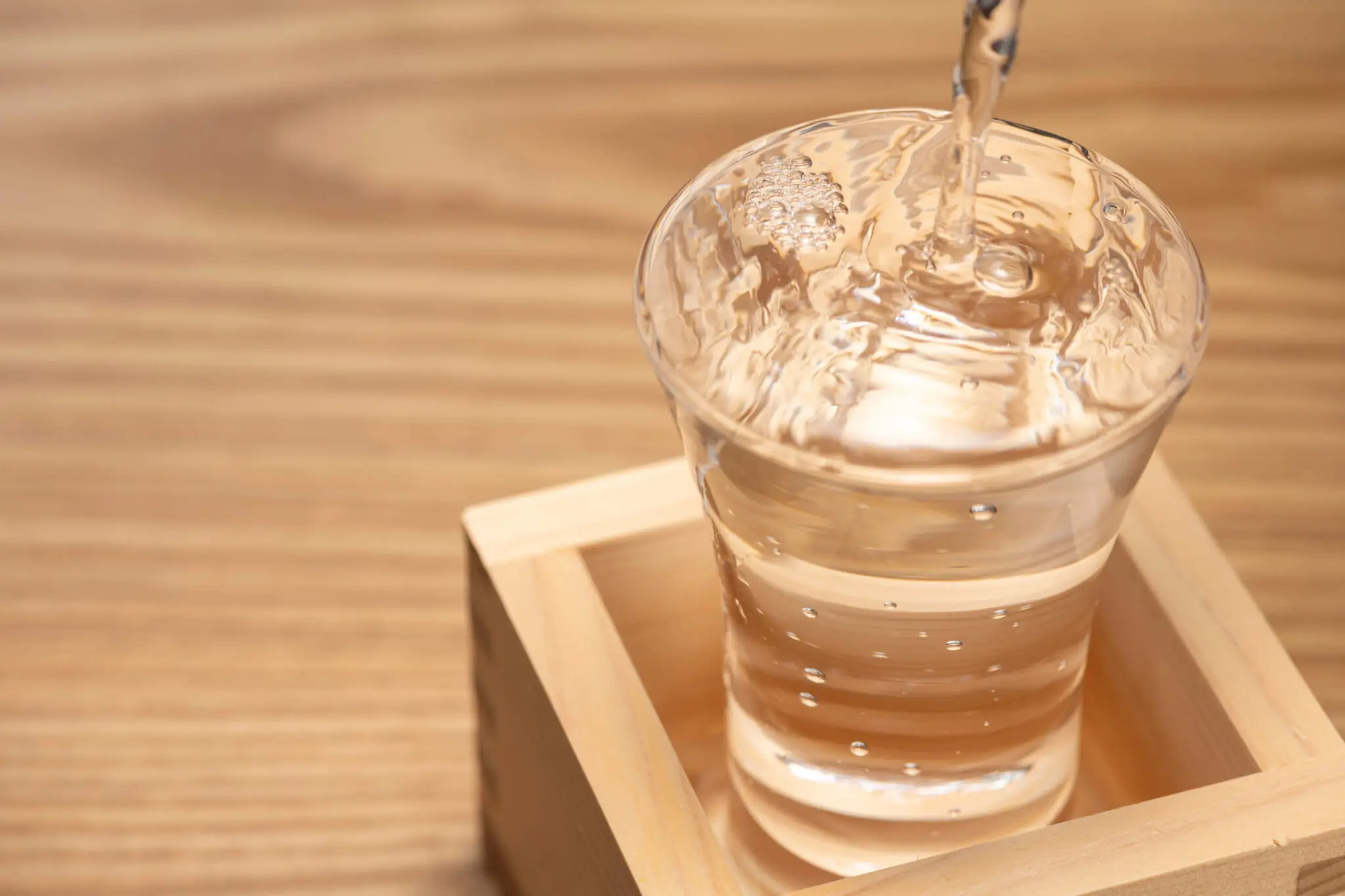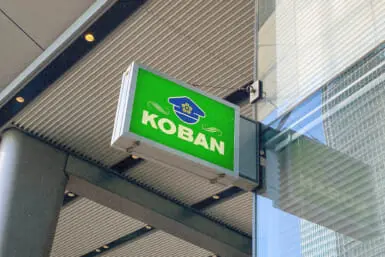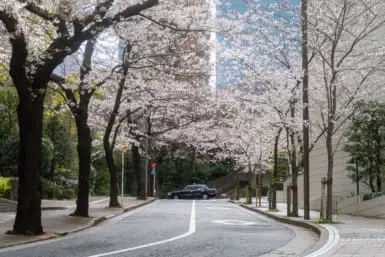It’s time to get your terminology straight. The global fascination with Japanese sake is undeniable, but clarity is essential: not all that glitters is gold, and not all that’s labeled as “sake” is truly sake.
Seishu: The Legal Definition
Seishu, which literally translates to “clear sake,” is a legal term defined by Japan’s National Tax Agency. It refers to a specific category of sake that meets strict regulatory criteria. One of the most critical requirements for seishu is the separation of solids (lees, or kasu in Japanese) from the liquid, resulting in a clear beverage. Seishu is not a general term for all rice-based alcoholic beverages. It excludes drinks like doburoku (an unfiltered, cloudy sake), sake made with unauthorized additives, or any sake with an alcohol content exceeding 22% ABV. These strict regulations ensure that seishu maintains its distinct clarity and quality.
Nihonshu: The Broader Context
Nihonshu, commonly known as Japanese sake, is a term that can encompass a broader range of rice-based alcoholic beverages, including those that meet the criteria for seishu. While nihonshu is often assumed to mean seishu, the two are not synonymous. Nihonshu is more than just a legal classification; it represents Japan’s cultural and historical beverage, deeply tied to the country’s geography and traditions. Although nihonshu must be produced in Japan under specific conditions, it can include various styles of sake that fall within the broader category of seishu. However, nihonshu also applies to sake that may not fully align with the legal definition of seishu but still holds cultural significance as part of Japan’s sake tradition.
The Misunderstanding
The distinction between nihonshu (Japanese sake) and seishu (sake) is critical both legally and culturally. Japanese sake is not just an alcoholic beverage; it’s a testament to Japan’s harmonious relationship with its distinct four seasons. The process is as meticulous as it is sacred: rice harvested in autumn, brewed in the cold of winter to thwart bacterial growth, and aged through spring and summer. This cyclical dance with nature infuses sake with its unique character, making it an integral part of Japanese life and culture.
Mislabeling sake produced outside Japan as nihonshu is not merely an error — it undermines the heritage and craftsmanship of Japanese sake. True nihonshu must be brewed in Japan, adhering to specific criteria and traditional methods.
The Call to Action
The National Tax Agency designated “nihonshu” as a Geographical Indication (GI) in December 2015 to preserve the integrity of nihonshu. A Geographical Indication (GI) links products to their specific geographical origins, ensuring they possess qualities, reputation, or characteristics unique to that location. Legally protecting these names preserves cultural heritage, promotes regional pride, and assures consumers of the product’s authenticity and quality.
The Japan Sake and Shochu Makers Association, the largest organization in the sake industry with approximately 1600 alcoholic beverage manufacturers nationwide, along with the National Tax Agency, is now lobbying through international negotiations to have the geographical indication “nihonshu” protected overseas as well .
Sake made from rice grown overseas or brewed overseas should not be labeled as nihonshu or even Japanese sake. The term sake holds significant cultural and historical importance, rooted in Japan’s unique seasons and traditional brewing techniques.
Global producers must cease mislabeling their rice brews as nihonshu. While their products may be enjoyable, they are not nihonshu and should not be marketed as such. Preserving the brand value of true Japanese sake is about respecting its heritage and the rigorous craft of Japanese brewers.
Next time you encounter a bottle labeled as sake, verify its authenticity. If it’s not brewed in Japan, it’s not nihonshu. It’s imperative to uphold and protect the integrity of Japanese sake. Stop calling sake, “sake” (or at least nihonshu) —unless it’s the real deal.









